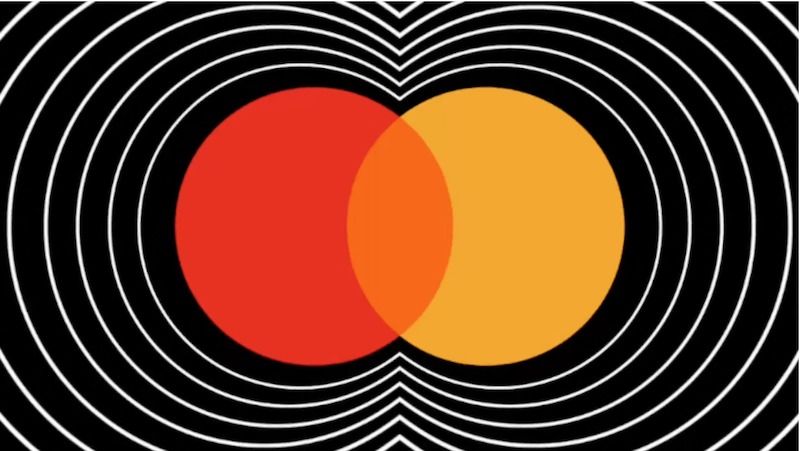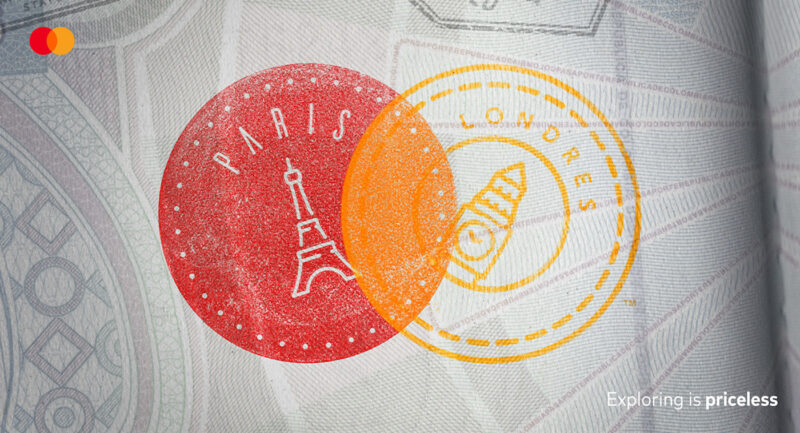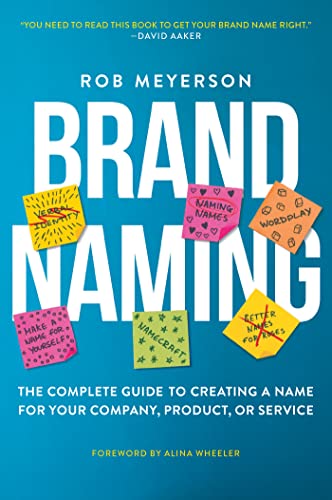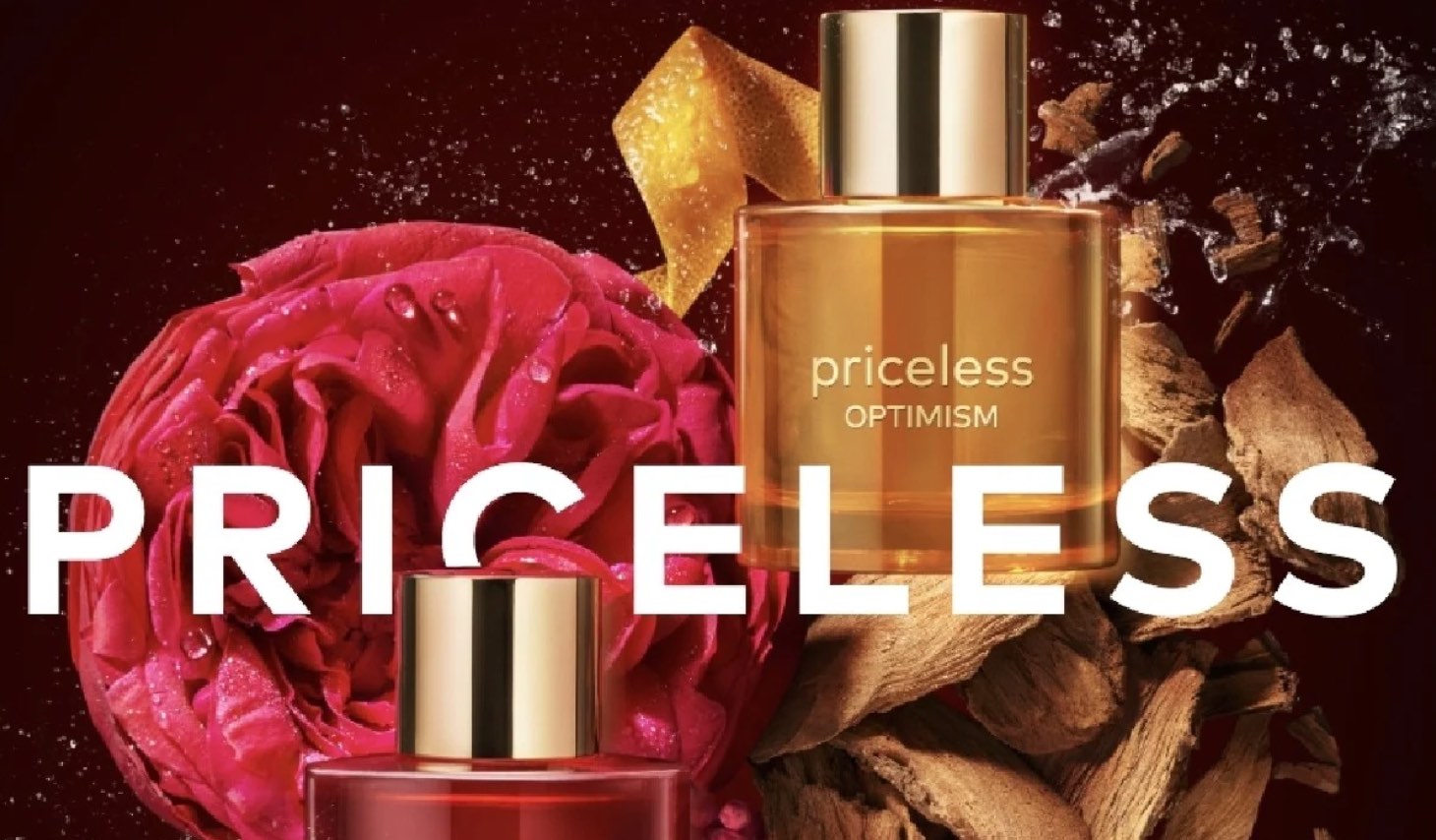TapestryWorks are strong advocates for building multiple sensory touchpoints into the signature of a brand, with each touchpoint consistent with the core values and emotional benefits of the brand. Our brand esSense framework identifies 30 key elements of sense, symbol and story to help simplify, unify and amplify any signature.
One of our favourite examples of this approach is Dettol (a brand that I remember from childhood). The original antiseptic product includes elements of graphic design and iconography (including a sword) along with a signature smell and white clouding on mixing with water. These elements work together to communicate the brand’s “mission for health”.
Mastercard have been following this approach over the past two or more years to gradually expand the sensory signature of their brand. A payment card has limited opportunities to engage the senses as most customer interactions are beyond their control, so it will be interesting to see how much impact their innovations create and how customers respond.
Mastercard started by “simplifying” their visual logo into two overlapping colour circles and dropping the name from its core branding. They then started to “unify” their branding with a focus on two key values, passion and optimism (the red and yellow circles of the logo).
Finally they started amplifying these two meanings. In February 2019, they introduced a sonic logo which they plan to use when customers interact with the brand in-store and online (although that may be out of their control in many cases). They planned to expand this to voice assistants and other touchpoints. The sonic logo can be adapted for different situations and local contexts, with varying instruments, tempos and even musical styles.
The next amplification was to create two bespoke macaroon flavours designed to fit the themes of passion and optimism (represented by custard apple and yuzu) in a campaign called “The First Taste of Priceless” (a tangy taste for sure). The sweets will be available at events sponsored by Mastercard and will be used to build internal company engagement.
Recently they amplified further with the launch of two scents (naturally named passion and optimism) which represent the smell of Mastercard. Smell is underutilized in sensory branding (outside food and drink) and can evoke powerful emotions, so lets see how Mastercard may are able use the scents in customer interactions.
That leaves touch, where there may be more opportunities for Mastercard to do something with the physical cards and at point-of-sale. Interestingly, they recently launched the Touch Card for the visually impaired in collaboration with groups representing the blind and visually impaired. The launch includes three cards covering different payment formats, where “notches” on the side of the card help identify which type of card it is. Credit cards have a round notch, debit cards a squarish one, and prepaid cards a triangular shaped notch. The cards work in ATMs and at point-of-sale.
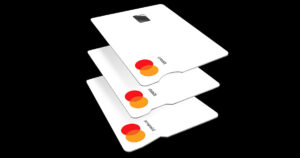
Sensory signatures are a powerful way to strengthen a brand’s identity, reinforce its core values, and bring together all the different touch points of the brand to create a more consistent and unified feel. Your customers remember brand experiences much better than they remember brand messages, so make sure the way your brand touches the human senses tells the story of your brand.


